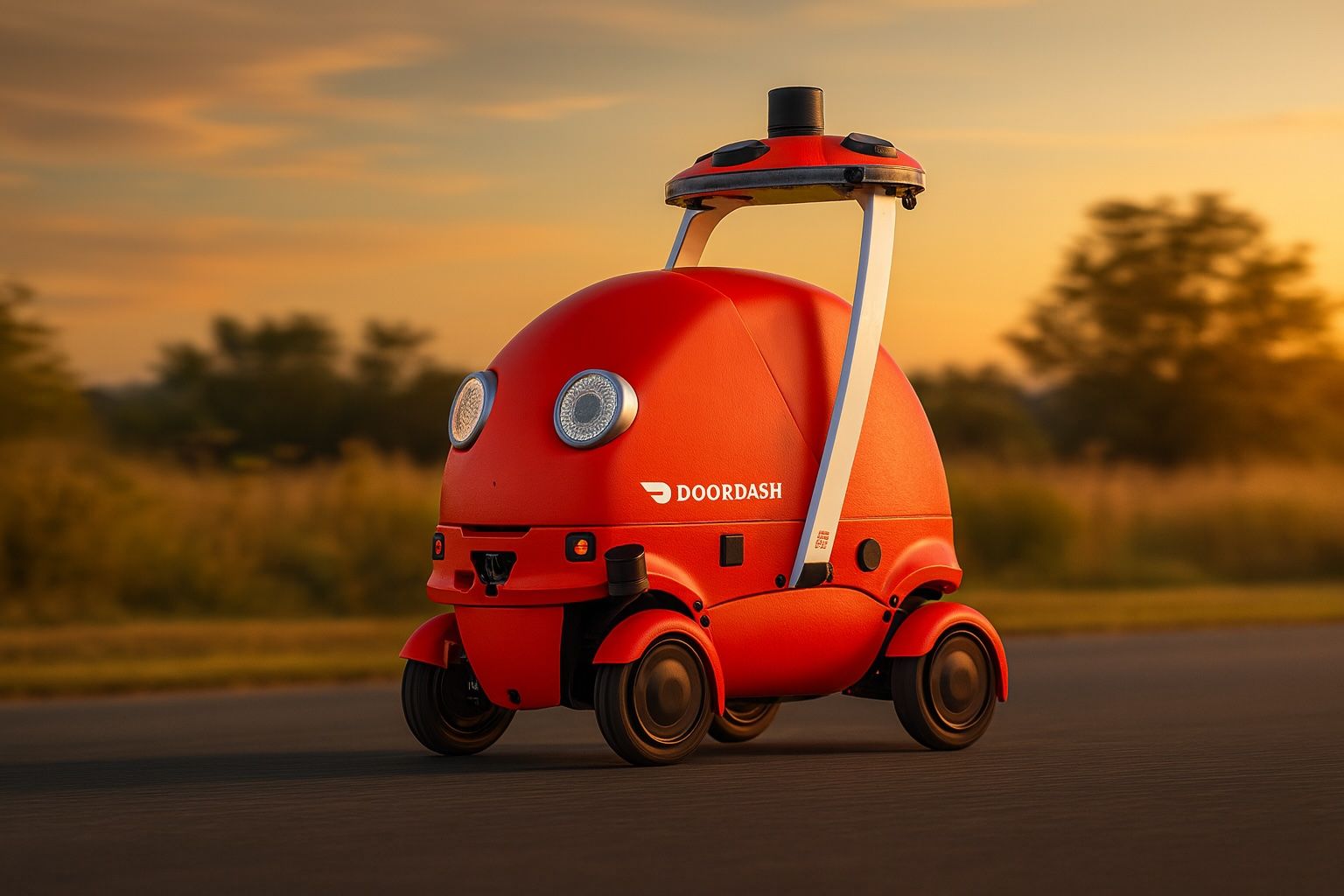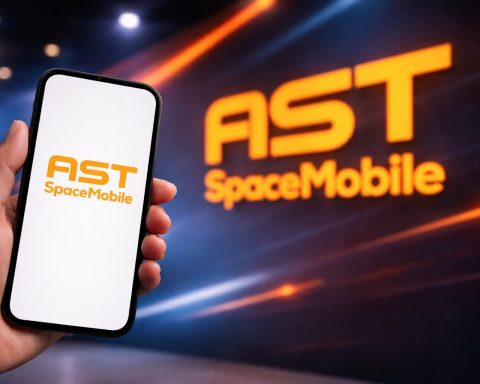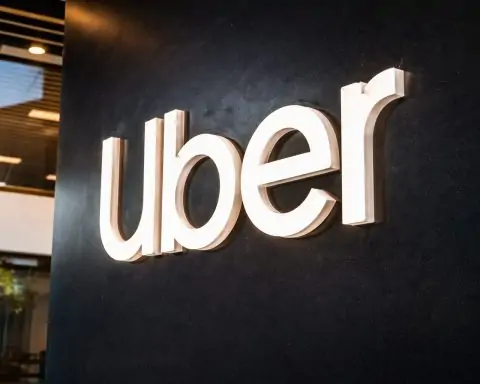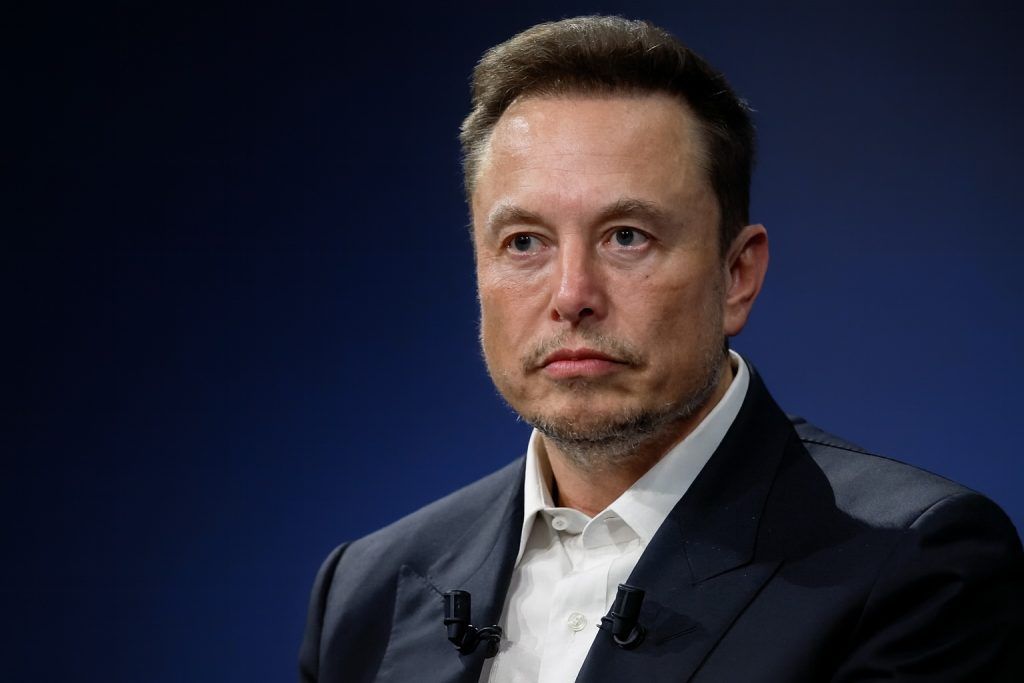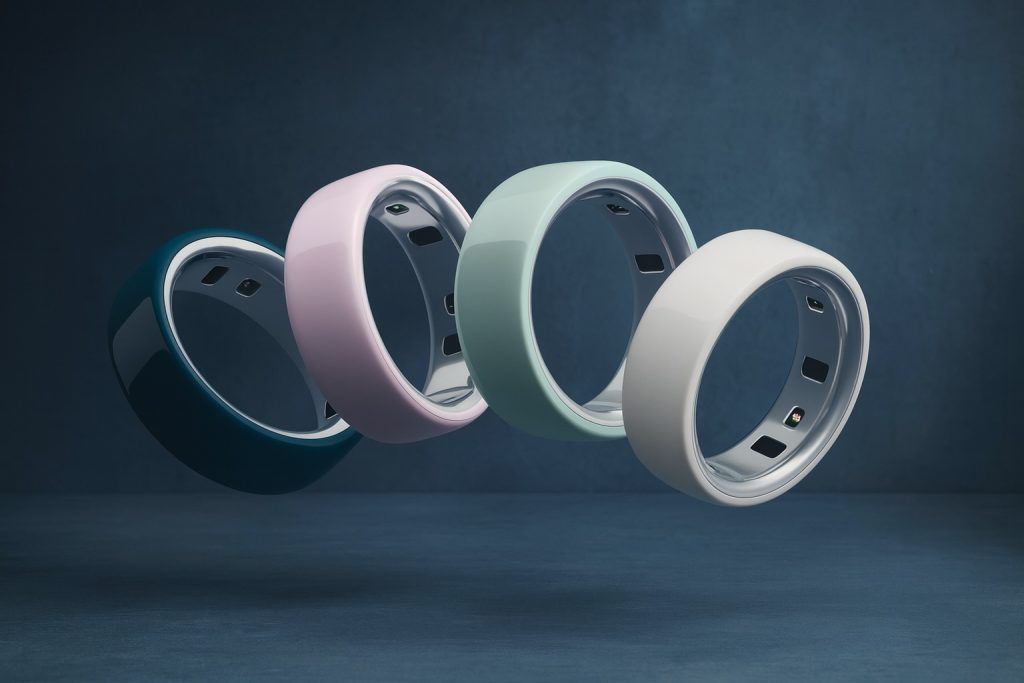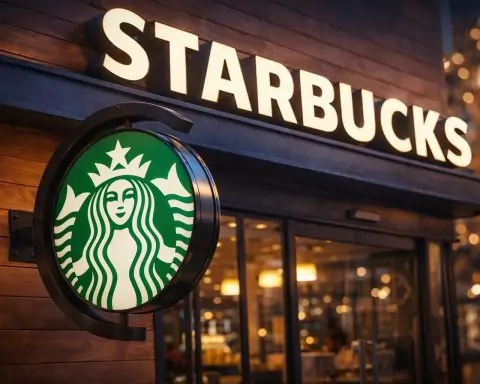- Purpose‑built for small orders: DoorDash designed Dot, a compact electric delivery robot, to bridge the gap between slow sidewalk bots and full‑sized cars. Stanley Tang, a DoorDash co‑founder, said the breakthrough insight was realizing that a car is unnecessary for delivering a tube of toothpaste or a small grocery order [1].
- Compact yet capable: Dot stands roughly 4½ feet tall, is three feet wide and weighs about 350 pounds [2]. Its insulated compartment can hold six large pizza boxes or up to 30 pounds of goods, runs on interchangeable batteries for six to eight hours, and travels at speeds up to 20 mph [3].
- Sensor‑rich navigation: The robot uses eight external cameras, four radar units and three high‑resolution LiDAR sensors [4]. This array helps Dot move through roads, bike lanes, sidewalks and driveways, a first for commercial delivery robots [5].
- AI‑driven dispatching: DoorDash’s “Autonomous Delivery Platform” acts as an AI dispatcher, matching orders with humans, drones or Dot based on speed, cost and geography [6]. The company also developed a SmartScale system that weighs orders to ensure robots receive only what they can carry [7].
- Rolling out in Arizona: The robot is currently in an early‑access program serving Tempe and Mesa in the Phoenix metropolitan area. DoorDash says Dot has already completed hundreds of deliveries there and could expand rapidly if testing goes well [8].
- Debate over safety and necessity: Experts caution that robots must navigate complex real‑world environments with pedestrians, wheelchairs and strollers. Some question whether such bots are needed at all, noting they cannot climb stairs or open doors and may interfere with cyclists [9] [10].
Introduction: Why DoorDash Built a Delivery Robot
The past decade has seen a boom in on‑demand delivery services, but also growing concerns about costs, carbon emissions and the physical toll on gig‑economy workers. DoorDash is betting that part of the solution lies in robotics. In late 2025 the company unveiled Dot, a bright‑red electric robot designed to carry takeout or small grocery orders across suburban neighborhoods at up to 20 miles per hour [11]. Unlike existing sidewalk bots built for short campus runs, Dot is engineered to travel on roads, bike lanes, sidewalks and even driveways [12]. At an event showcasing the technology, Stanley Tang explained that after billions of deliveries DoorDash realised “you don’t need a full‑sized car to deliver a tube of toothpaste” [13].
The company’s press materials frame Dot as the missing link between human drivers, slow sidewalk robots and drones. While car‑based delivery remains essential for large or urgent orders, and drones are suited to lightweight items, there is a middle ground of small packages over short distances. DoorDash built Dot to occupy this niche, with the promise of lower costs, fewer emissions and faster service. Yet the launch of a rolling robot on public streets has raised thorny questions about safety, regulation and labour. This report examines Dot’s design, capabilities, and the broader context of autonomous delivery.
Design and Capabilities
Dot’s physical design is meant to inspire trust while being functional. The robot stands about 4½ feet tall and three feet wide, roughly the size of a large stroller. It weighs around 350 pounds and its insulated “mouth” can carry six large pizza boxes or up to 30 pounds of merchandise [14]. These proportions make Dot conspicuous enough to be seen by drivers and pedestrians, but small enough to fit through residential gates and doorways [15]. The interior is modular; racks can be swapped out depending on whether Dot is carrying pizza, groceries or pharmacy items [16].
The robot’s core innovation lies in its sensor stack and energy system. DoorDash equipped Dot with eight external cameras, four radar units and three high‑resolution LiDAR sensors to map its surroundings [17]. These feed into an AI system that fuses camera vision with radar and LiDAR to detect obstacles and plan routes. Interchangeable batteries keep Dot running for six to eight hours and can be swapped without taking the robot out of service [18]. The robot travels up to 20 mph—fast enough to maintain food quality but slow enough to share streets with cyclists and cars [19]. DoorDash emphasises that Dot is about one‑tenth the size of a car [20], which the company claims will reduce congestion and emissions while still being robust enough for real roads.
Safety and interaction were also central to Dot’s design. The robot features LED “eyes” that blink and follow nearby humans to signal awareness [21]. Although Dot is autonomous, DoorDash has field operators who can monitor and assist robots if they encounter problems. According to Ashu Rege, head of autonomy at DoorDash, Dot is not teleoperated; if it gets stuck, it pulls over and waits for help rather than being steered remotely [22]. This system is intended to avoid the expensive labour overhead that has hampered other robot programmes.
How the Autonomous Delivery Platform Works
Dot does not operate alone; it is part of DoorDash’s Autonomous Delivery Platform, an AI‑powered system that decides how each order should be delivered. When a customer places an order, DoorDash’s software weighs factors like distance, traffic, order size and cost to decide whether to assign a human dasher, Dot, a drone or a small sidewalk robot [23]. This dispatching system aims to optimise routes and minimise wait times across the network. The company also developed SmartScale, a device that weighs orders at pick‑up and transmits that data to the platform so that robots only receive loads they can handle [24]. If an order is too heavy, it may be routed to a human driver.
Once Dot is dispatched, it plans a route using a combination of offline maps and real‑time sensor input. With eight cameras, radar and LiDAR, the robot can identify cars, cyclists, pedestrians and small obstacles. DoorDash claims Dot can navigate roads and bike lanes, then switch to sidewalks or driveways for the final approach [25]. At the customer’s home, the robot sends a notification and opens its cargo bay when the recipient enters a code. If Dot encounters an impassable obstacle or a situation that its algorithms cannot resolve, it pulls over and waits for a field operator to arrive [26]. This approach, Rege says, allows the system to scale without constant remote control.
Testing in Arizona and Early Feedback
DoorDash launched Dot in Tempe and Mesa through an early‑access programme. The choice of Phoenix’s eastern suburbs is notable: the area has wide streets, plentiful bike lanes and relatively mild weather—conditions that favour early autonomous vehicle trials. According to DoorDash, Dot has already completed hundreds of deliveries there and, if successful, could expand to other markets quickly [27]. Mesa mayor Mark Freeman welcomed the pilot, saying the robots demonstrate how advanced technology can support local businesses and meet everyday needs [28].
Reaction from residents and merchants has been a mix of curiosity and caution. Dot draws attention with its bright red body and animated eyes, and DoorDash has designed greeting motions to charm restaurant workers [29]. Yet some local residents have expressed concerns about safety and accessibility. Deliveries in suburban Phoenix often involve navigating driveways and sidewalk ramps, and the robot cannot climb stairs or open gates. Critics worry that Dot may block wheelchair users or strollers on narrow paths; similar robots from other companies have already been involved in collisions with disabled pedestrians [30]. DoorDash has emphasised training and on‑street testing to mitigate such risks, but early incidents will likely shape public acceptance.
A Broader Industry Context
Dot arrives at a time when many major companies have scaled back or abandoned autonomous delivery robots. Amazon discontinued its “Scout” sidewalk bot after limited trials, and FedEx shelved its Roxo bot in 2022. Experts say delivering a package is a harder problem than driving a passenger vehicle; robots must negotiate unpredictable pedestrian environments with less capital and computing power [31]. Carnegie Mellon researcher Nikolas Martelaro notes that test fleets often get stuck or create awkward interactions with people, such as wheelchair users struggling to pass by [32].
Bern Grush of the Urban Robotics Foundation emphasises that safety and governance standards will be crucial as robots move out of pilot programmes. His organisation is developing the ISO 4448 standard, which focuses on bystander safety, comfort and municipal oversight. Grush cautions that while standards may have limited impact on small pilots, they will matter when companies scale up and cities require permits [33]. Without common rules, a patchwork of local regulations could hinder deployments; for instance, some municipalities may bar robots from bike lanes or sidewalks [34].
Criticisms and Challenges
Even as DoorDash celebrates Dot’s engineering, skeptics question whether society needs delivery robots at all. Critics argue that robots cannot ascend stairs or operate elevators, limiting their usefulness in multi‑story apartment buildings [35]. The requirement to navigate bike lanes has also raised concerns among cyclists who fear being forced to share narrow lanes with 350‑pound machines [36]. Sucharita Kodali, a market analyst, points out that sidewalk robots have struggled to gain traction because they deliver items that consumers could easily pick up themselves; she wonders why companies are “introducing sidewalk robots that nobody asked for” [37].
Labour advocates worry that robotic delivery may erode wages for human drivers. DoorDash still relies on a vast network of gig workers, many of whom have protested for pay transparency and better compensation [38]. If robots take over short, low‑value trips, human Dashers could be left with longer routes that pay less per mile. DoorDash counters that Dot is meant to complement, not replace, people; high‑value or complex deliveries will continue to require human drivers, while robots handle small orders [39].
There are also safety concerns. Videos from other robots show them blocking wheelchairs or becoming targets of vandalism. Dot’s cameras may deter some mischief, but the risk remains. DoorDash has not yet disclosed how it will ensure that robots do not obstruct emergency vehicles or crosswalks. The company also faces regulatory hurdles: some jurisdictions might forbid robots from using bike lanes or require teleoperation backups. Until standards like ISO 4448 are widely adopted, the legal landscape will be murky [40].
Opportunities and the Road Ahead
Despite these challenges, Dot could bring tangible benefits. By replacing car trips with compact electric robots, DoorDash hopes to cut carbon emissions and reduce congestion in neighborhoods [41]. Faster deliveries could improve food quality and customer satisfaction. The robot’s design also opens possibilities beyond food: local merchants could use Dot for pharmacy pickups, hardware parts or same‑day e‑commerce orders. DoorDash’s platform envisions a future where human drivers, robots and drones work together in a “hybrid network” optimised by AI [42].
The success of Dot will depend on factors beyond technology. Public acceptance, municipal regulations, labour relations and the economics of delivering a $10 order with a $50,000 robot all play a role. DoorDash has invested heavily—acquiring autonomy startups, hiring experienced robotics engineers and building a support infrastructure in Arizona. Whether the company can translate this into a profitable and scalable model remains uncertain. For now, the little red robot with blinking eyes is a symbol of both innovation and the contentious future of last‑mile delivery.
In summary, DoorDash’s Dot robot represents both an exciting technological milestone and a complex social experiment. By packaging advanced sensors and AI dispatching in a compact, roadworthy shell, Dot aims to revolutionize last-mile delivery for small orders while reducing congestion and emissions [43]. Early trials in Arizona showcase the platform’s potential, but also highlight real-world challenges such as safety, accessibility, and regulatory uncertainty. Experts like Bern Grush emphasize the need for standards to govern public-space robots, and labor advocates caution against sidelining human workers [44]. Ultimately, Dot’s success will hinge not only on engineering prowess but on navigating the messy intersection of technology, policy, and public trust.
References
1. www.forbes.com, 2. www.timesunion.com, 3. www.restaurantdive.com, 4. www.restaurantdive.com, 5. roboticsandautomationnews.com, 6. www.restaurantdive.com, 7. www.restaurantdive.com, 8. www.timesunion.com, 9. www.autoweek.com, 10. www.autoweek.com, 11. www.restaurantdive.com, 12. roboticsandautomationnews.com, 13. www.forbes.com, 14. www.timesunion.com, 15. www.restaurantdive.com, 16. www.restaurantdive.com, 17. www.restaurantdive.com, 18. www.restaurantdive.com, 19. roboticsandautomationnews.com, 20. www.forbes.com, 21. www.autoweek.com, 22. techcrunch.com, 23. www.restaurantdive.com, 24. www.restaurantdive.com, 25. roboticsandautomationnews.com, 26. techcrunch.com, 27. www.timesunion.com, 28. roboticsandautomationnews.com, 29. www.autoweek.com, 30. abc7.com, 31. www.wired.com, 32. www.wired.com, 33. www.ottomate.news, 34. www.autoweek.com, 35. www.autoweek.com, 36. www.autoweek.com, 37. www.wired.com, 38. onlabor.org, 39. www.restaurantdive.com, 40. www.ottomate.news, 41. roboticsandautomationnews.com, 42. www.restaurantdive.com, 43. roboticsandautomationnews.com, 44. www.ottomate.news
